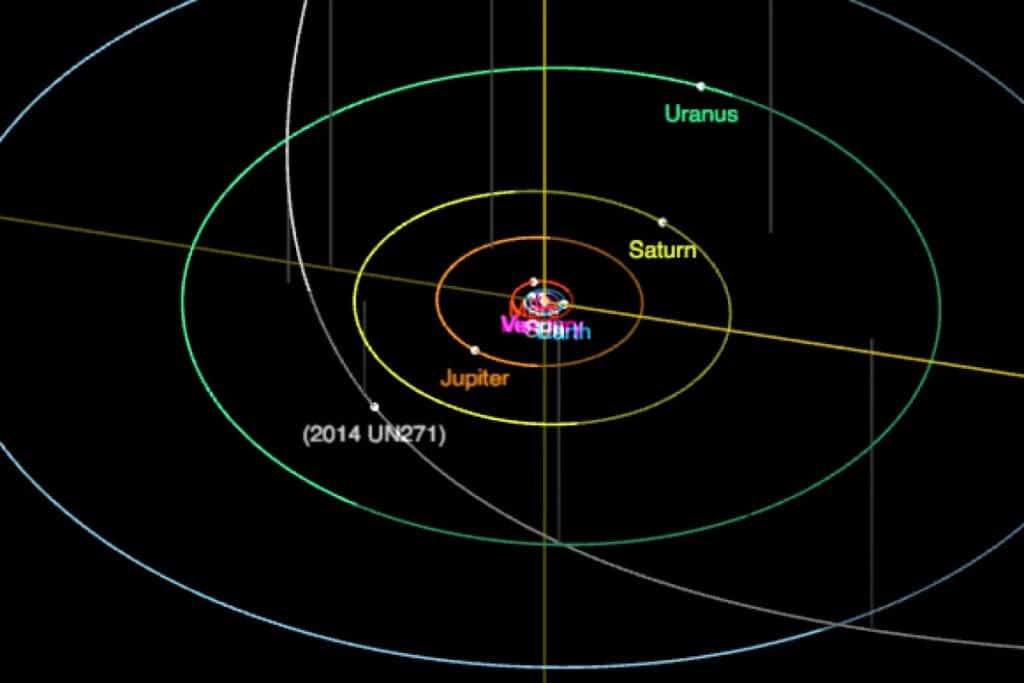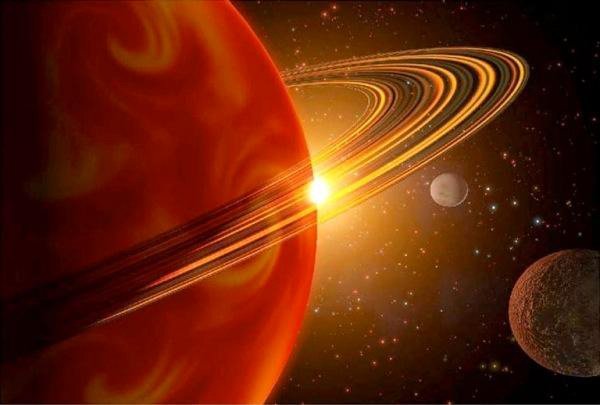The periphery of our solar system is teeming with mysterious objects, and now one of them is heading towards us.
Astronomers they found out a minor and quite eccentric planet (it has a 600.000 year orbit around the sun) which is about to make its closest passage to the Sun.
The object in question is called 2014 UN271 and was only recently identified in the Dark Energy Survey data recorded between 2014 and 2018. It is between 100 and 370 km (62 and 230 miles) large. If it's a comet it's quite large, especially for one from the outer solar system.
The largest object of this type ever discovered, practically a dwarf planet entering our solar system

By far the most intriguing thing about 2014 UN271, as mentioned, is its orbit around the Sun. This object travels between the inner solar system and the Oort cloud which marks the boundary of interstellar space over a period of 612.190 years.
And the shift is about to happen right now. Currently, 2014 UN271 is approximately 22 astronomical units (AU) from the Sun (for reference, the Earth is 1 AU from the Sun). This means that it is already closer than Neptune, at 29,7 AU. And it doesn't stop there: it has already traveled 7 AU in the last seven years and, at its closest point in 2031, is expected to pass into our solar system within 10,9 AU of the Sun, almost reaching Saturn's orbit.
Before that, it should develop the characteristic crown and tail of one comet, as the frozen material on its surface evaporates from the sun's heat. This close pass in the solar system will give astronomers an unprecedented close look at the objects in the Oort cloud.
Glasses will not be enough to look at it. at least those of today.
Unfortunately for us ground amateurs, don't expect to see a show on the Halley Comet scale. While it's too early to say for sure, astronomers calculate that 2014 UN271 would become, at best, as bright as Pluto in the night sky, but more likely to reach the brightness of Pluto's moon Charon. However, we will probably get some amazing shots from the telescopes and observers that will be there.
After its flyby, the planetary planet will drift back in inky darkness, on a several-century return journey to the Oort cloud, to return in another 600.000 years.


